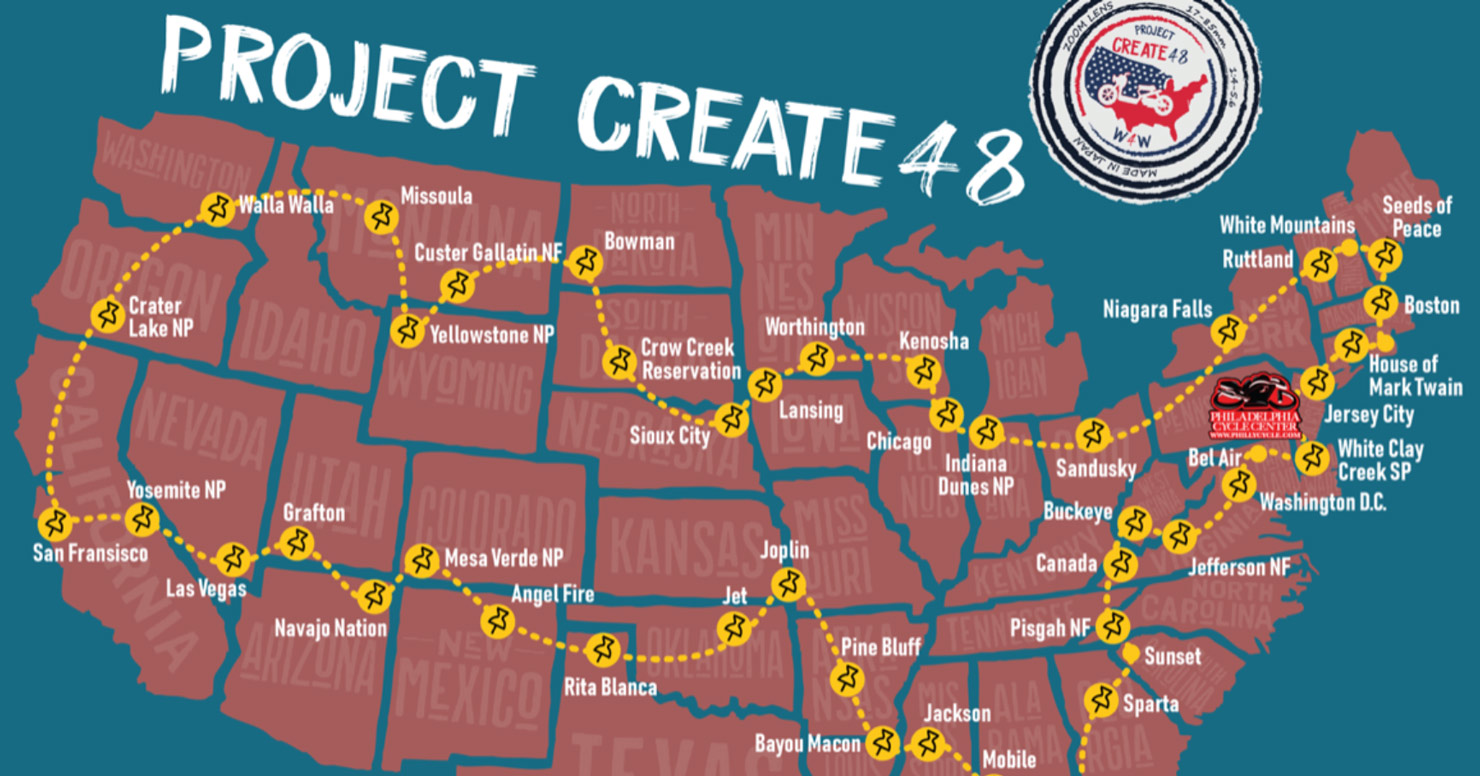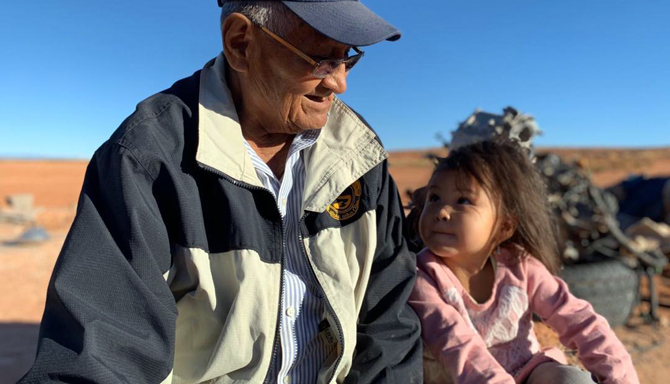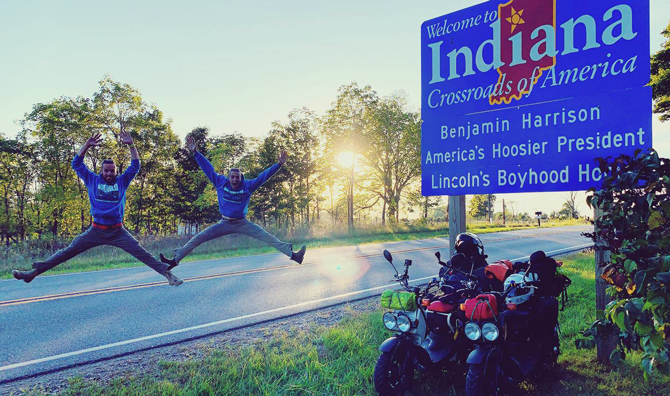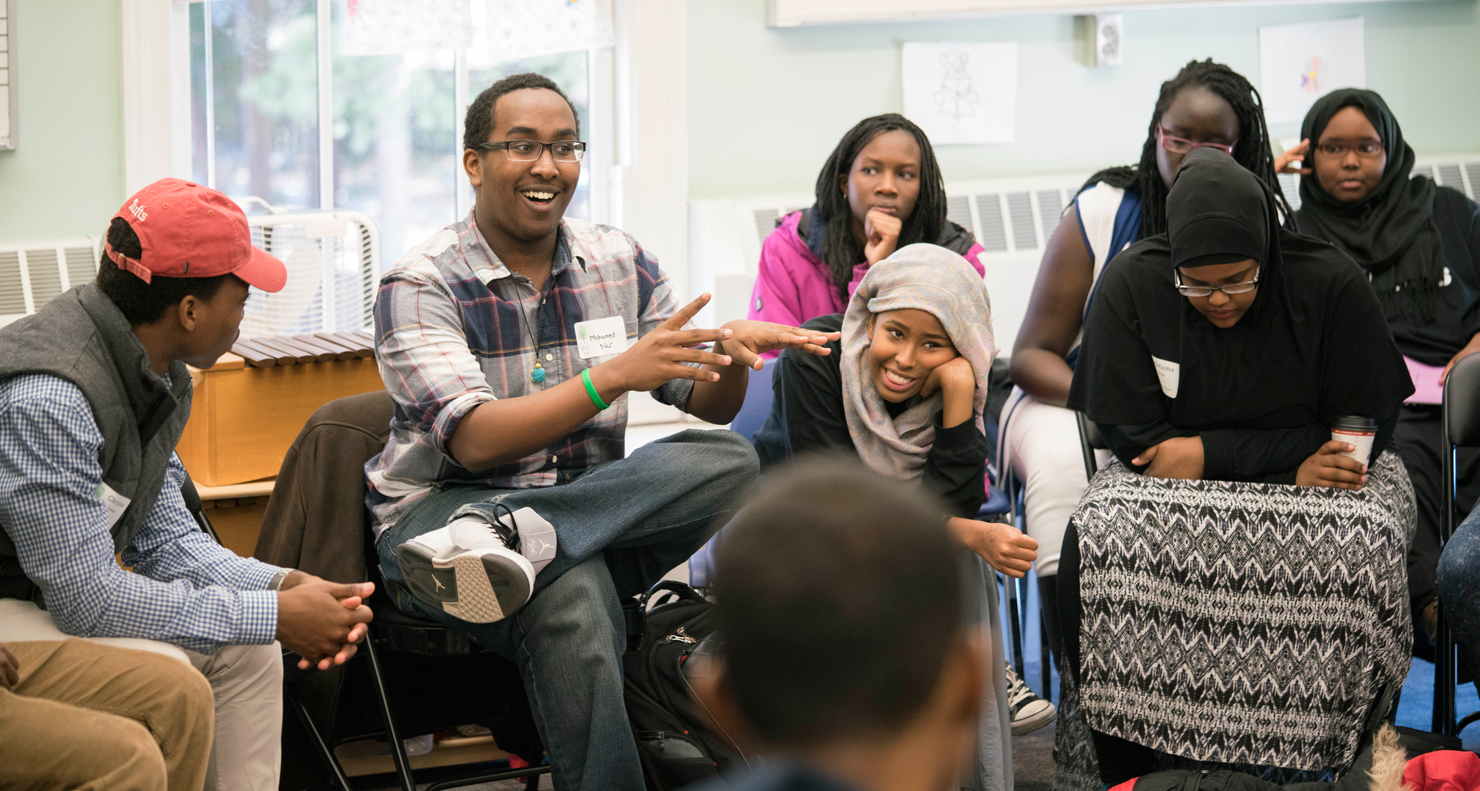Jewish rabbi/comedian and Arab-American comedian to perform in Los Angeles and Orange County August 2-3
Clean Comedians announced today that they will present Comedy for Peace! featuring comedian Rabbi Bob Alper (Showtime, Good Morning America and Extra) and Palestinian-born Arab-American comedian Nazareth (NBC Nightly News with Tom Brokaw and Comedy Central).
The shows on August 2nd and 3rd will offer non-political fun and laughter starring two funny men from different backgrounds who have become friends. Both shows will be preceded by a 30-minute live auction designed to raise funds for peace in the Middle East.
Clean Comedians plans to donate $10,000 of the show’s profits to Seeds of Peace, the conflict-resolution and coexistence program. Through its Camp in Maine and at its Center for Coexistence in Jerusalem, participants develop empathy, respect, communication/negotiation skills, and hope—the building blocks for peaceful coexistence. Since 1993, Seeds of Peace has graduated over 2,000 teenagers representing 22 nations, including many Israeli and Palestinian youth from the Middle East.
Adam Christing, event host and president of Clean Comedians, said: “We have watched the continuing tragedy in the Middle East on the news, and are eager to reach out with our support, laughter and friendship. I hope that Comedy for Peace! will mobilize Southern Californians to join us in our efforts to raise funds for Seeds of Peace. Our business has proven to us that the shortest distance between two people is a smile. Nothing brings people together like laughter.”
The event’s corporate sponsor, Phil Liberatore, and his company, IRS Problem Solvers in La Mirada, embraced the event, as it supports his own hope for conflict resolution.
Mr. Liberatore said, “Laughter can sometimes be the best medicine.” Both of the comedians echo those sentiments and know that humor can pull down barriers and begin building bridges not only between Israelis and Palestinians, but all people.
Clean Comedians represents entertainers who believe that it doesn’t have to be filthy to be funny. The company books stand up comics, impressionists, musicians, professional and motivational keynote speakers, magicians and jugglers primarily for corporations; special events like this one are open to the public.
For more information about Clean Comedians, please visit www.cleancomedians.com.
WHEN: Saturday, August 2, 2003 at 7 p.m.
WHERE: JT Schmid’s, 2610 East Katella Blvd., Anaheim, CA (across the street from “The Pond” of the Mighty Ducks), (714) 634-9200
WHEN: Sunday, August 3, 2003 at 7 p.m.
WHERE: The Doubletree Hotel in Santa Monica, 1707 Fourth Street, Santa Monica, CA (Exit 4th Street on the I-10 Freeway), (310) 395-3332
WHAT: Clean Comedians comedy show featuring nationally recognized comedians Rabbi Bob Alper and Nazareth. There will be a 30 minute live auction before the program to help raise funds for the non-profit group Seeds of Peace.
TICKETS: Tickets are $69 and a t-shirt, dessert and other giveaways are included with each admission.


 LONDON | Jon Preddy, a remarkable young teenager from London, decided to climb Mt. Kilimanjaro—the highest mountain in Africa—as a way to raise awareness and funds for Seeds of Peace.
LONDON | Jon Preddy, a remarkable young teenager from London, decided to climb Mt. Kilimanjaro—the highest mountain in Africa—as a way to raise awareness and funds for Seeds of Peace.







